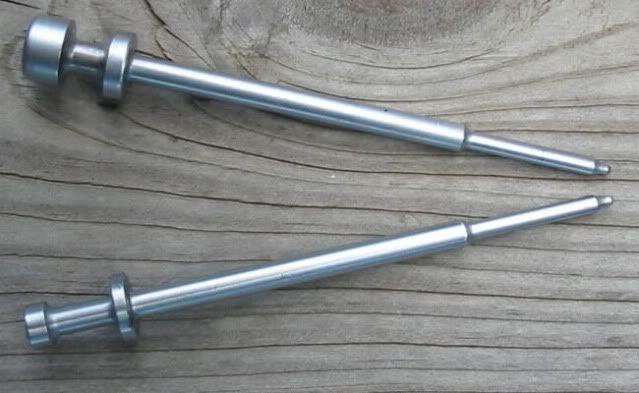Quote:
|
Has anyone ever weighed the firing pin, determined the speed of the bolt when closing to determine the knock down power of the firing pin? I have killer firing pins, they do not make a little bitty click when hit, My firing pins make the ‘CLICK!!! SOUND’.
|
The Army controlled the slamfire rate in these mechanism through primer insensitivity. The current primer requirement for US 762 caliber cartridges is the #34 primer. This primer is less sensitive than commercial primer. All militaries require “mil spec” primers in their military small arms, these “mil spec” primers are less sensitive than US commercial primers. Commercial primers are particularly sensitive for a number of reasons. Firstly I think, because there are millions of ancient firearms in the hands of people. These antiques have original mainsprings and of course, produce weak hammer/firing pin strikes. The owners don’t know anything about firearm maintenance, and if ole Betsy does not go bang, they call ammunition makers and loudly complain about the ammunition. Ammunition makers got tired of being complained at, so commercial primers tend to be very sensitive . Secondly, as Mark Humphreville shows in this article: IT DON’T GO BANG:FIRES, HANGFIRES, MISFIRES AND SHORT ORDER COOKS IN JERSEY
http://riflemansjournal.blogspot.com...t-go-bang.html , many firearms are poorly designed from the get go and their firing mechanisms do not have enough power to reliably ignite cartridges even when new.
Physical evidence indicates the Army performed studies on firing pin kinetic energy and primer ignition probability. This is the rare round firing pin for the Garand. These were taken out of production early, like prior to 1941. No record exists on them, except for the physical evidence of the pins themselves. These are highly collectable, Orion7 had them at $100.00 apiece and they sold out quickly. Later firing pins have a reduced cross section and are lighter. It is obvious that lightening the firing pin was done because the Army experienced slamfires with the heavier round firing pin.

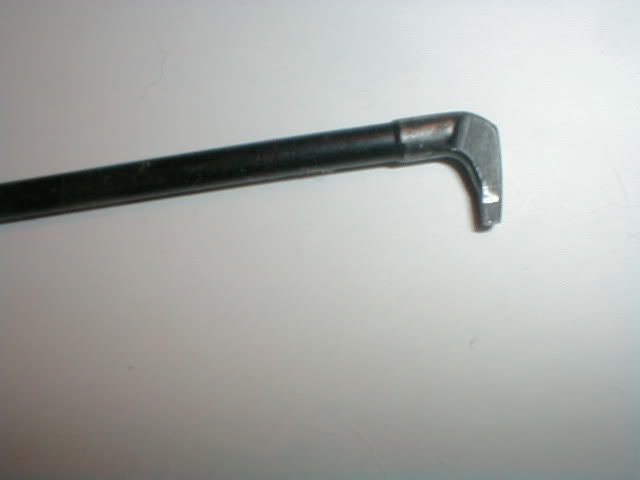
If you notice, the M1 carbine firing pin is nice and round. The lightened Garand firing pin costs more to make and the thing will break in the middle, which is why the original firing pins were round. But, because other mechanisms were using 30-06 cartridges, there was a limit on how insensitive the primer could be made, as it would cause the other mechanisms, possibly the BAR, or M1919, to misfire. However, the M1 carbine was the first of its kind and if you examine primer insensitivity requirements, the drop height for the all fire requirements for the M1 carbine primer are the highest of any military primer. The Army was able to use the heavier firing pin because they were able to specify a rather insensitive primer for the M1 Carbine.
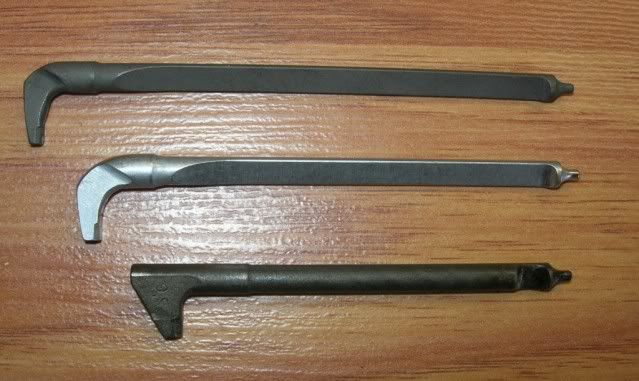
Roland Beaver will make this modification to Garand bolts, by adding a firing pin spring, forward kinetic energy is reduced.
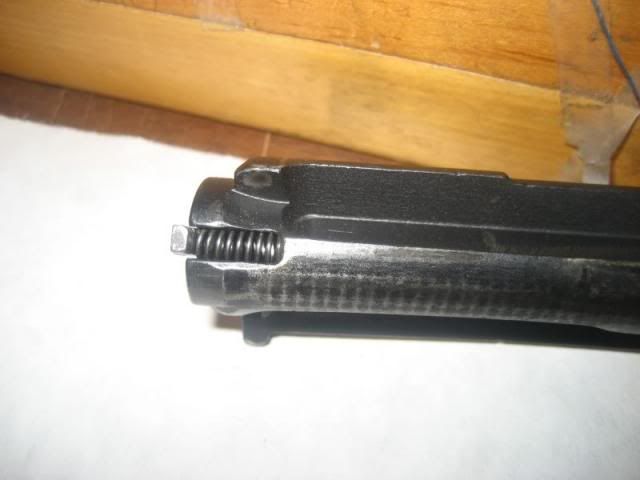
Italian Army modified their rifles to reduce firing pin impact energy.
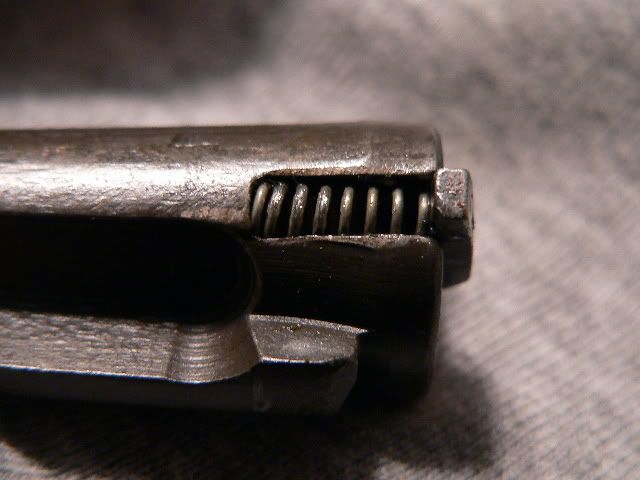
Of course we know that the Army did study this issue for the M16, early ones slamfired, and the Army did two things: 1) reduced the weight of the firing pin and 2) required the use of a primer that was less sensitive than commercial primers, the #41 primer.
The early, heavy, firing pin is on top.
